When it comes to professionals who are raising the level of bonsai cultivation within the United States as well as educating the next generation of serious practitioners, the first name that comes to mind is Boon Manakativipart. From his early days studying bonsai under the influential Bay Area instructor Mas Imazumi, to his tenure as an apprentice under Japanese bonsai professionals Mr. Mitsuya and then Mr. Kamiya, Boon’s diverse knowledge and approach have made him one of the most respected and sought after instructors in North America. Boon demands quality from his students and insists on proper technique. This is evidenced each year during the Bay Island Bonsai exhibition where the work of his students is showcased. Perhaps Boon’s most significant contribution to American bonsai has been the educational structure he established through his Bonsai Intensives classes, focused on the yearly dedication and technical demands bonsai entails. His educational structure has become the standard for bonsai education, establishing a respected method for how bonsai is learned and advanced. We are excited Boon is willing to share his well-rounded knowledge with us as a primary judge of the first Artisans Cup.
Here's a recent chat we had with Boon when we asked him to share a bit about himself and his work.
Where are you from?
I'm from Thailand and have lived in California for over 25 years
How would you describe your approach to bonsai? (Western style, traditional style, anywhere in between)
International style. My most intense training is in the Japanese tradition. I also grew up with tropicals and work on tropical bonsai all over the southern US and in Asia.
What inspired you to begin bonsai?
I received bonsai as a birthday present in 1988.
What is your least favorite part of being a bonsai professional?
When I have to deal with stubborn people. "I have been doing it this way forever," is my least favorite comment. Many have not learned the difference between an alive tree and a strong tree.
What is your favorite part of being a bonsai professional?
Share the passion and information on how to approach each trees and how to make them stronger and better. And, have them live longer.
Where is the craziest place you’ve traveled for bonsai work?
No crazy places. Just crazy people. On the road you meet every kind of crazy. But the vast majority are the greatest.
How many days on the road traveling for work do you spend in a year, on average?
Too many, about 150 days a year.
What do you feel like you are “known for” in bonsai? What’s your signature as a bonsai professional?
Japanese black pine, what became known as Boon mix as a growing medium, wiring technique, overall tree care for various species.
What is your favorite North American species and why?
I have more than one.
For conifer. Junipers and Pine
For deciduous - American hornbeam, liquid amber, oak, hawthorn
For broad leaf - oak, button wood,
What’s one thing that people would be surprised to know about you?
I am a nice guy. But I can go Japanese silent on you if you do sloppy work or mistreat bonsai.
Why are you excited to be a judge at the Artisans Cup?
The Artisan cup is one more way to show the world quality bonsai. That exited me. My judging-tour through the exhibit will also give me a chance to educate people on bonsai as a fine art.
Why should people submit trees to the Artisans Cup?
Because it will give everyone an opportunity to compare or see good trees. Good bonsai exhibit will bring up the quality of bonsai.
Learn more about Boon on his website and see him at The Artisans Cup this fall!
